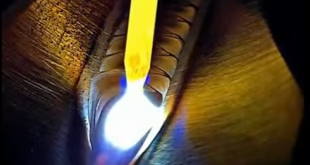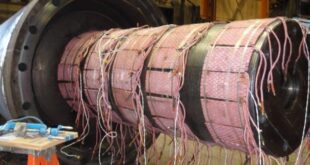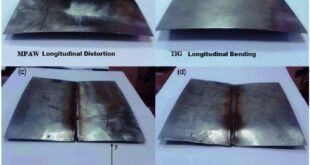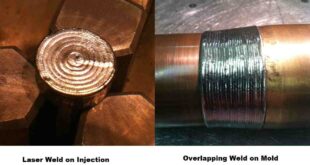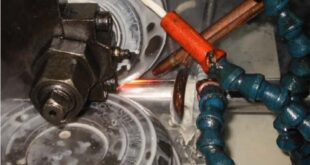Understanding Weld Pool and Cooling Rates Welding is an intricate process that involves the fusion of metals at high temperatures. Among the many factors that influence the final quality of a weld, two of the most critical elements are the weld pool and cooling rates. Understanding how these work can …
Read More »Electrode for the Cast Iron
Electrode for the Cast Iron Introduction Welding cast iron can be a bit of a challenge, can’t it? The key to success lies in understanding the material and selecting the right electrode. Whether you’re a seasoned welder or just starting, getting a grip on this process is crucial. Let’s dive …
Read More »Welding of High Tensile Strength Steel
Welding of High Tensile Strength Steel Introduction Welding high tensile strength steel is a critical task in numerous industries, from construction to automotive and aerospace. These materials, known for their exceptional strength and durability, require specialized welding techniques to maintain their integrity. In this article, we’ll dive into the intricacies …
Read More »Post Weld Heat Treatment Process (PHWT)
Post Weld Heat Treatment Process (PHWT) In the field of welding, achieving strong and reliable joints is crucial for ensuring the structural integrity and performance of various components. One effective method employed to enhance the properties of weldments is the Post Weld Heat Treatment Process (PHWT). This process involves subjecting …
Read More »Welding Techniques for Cast Iron
Welding Techniques for Cast Iron Introduction Welding is a fundamental process in the world of manufacturing and construction, enabling the joining of diverse materials to create robust and intricate structures. Among the various materials that welders encounter, cast iron holds a unique position due to its distinct properties and challenges …
Read More »What Is Heat Affected Zone (HAZ)?
What Is Heat Affected Zone (HAZ)? Introduction Definition of the Heat Affected Zone (HAZ) The Heat Affected Zone (HAZ) refers to the region of a material that undergoes significant changes in its microstructure and mechanical properties due to the heat generated during welding or heat treatment processes. When heat is …
Read More »Weld Distortion – Causes and Remedies
Weld Distortion – Causes and Remedies Introduction Weld distortion refers to the undesirable changes in the shape and dimensions of a welded structure or component that occur as a result of the welding process. During welding, the application of heat and the subsequent cooling cause localized expansion and contraction of …
Read More »Mold Tool and Die Repair Welding
Mold Tool and Die Repair Welding Introduction Overview of mold tool and die repair welding Mold tool and die repair welding is a specialized process used to restore and repair damaged molds and dies used in various industries, such as manufacturing, automotive, and aerospace. Welding techniques are employed to fix …
Read More »Welding Temperatures Guideline
Welding Temperatures Guideline Introduction Controlling welding temperatures is of utmost importance in ensuring the quality and integrity of welds. The temperature at which welding takes place plays a significant role in determining the mechanical properties, metallurgical characteristics, and overall performance of the welded joint. Failure to control welding temperatures can …
Read More »Welding of Reactive and Refractory Metals
Welding of Reactive and Refractory Metals Introduction Definition and Significance of Welding Reactive and Refractory Metals Welding reactive and refractory metals is a crucial process in various industries, especially those that deal with extreme conditions and require materials with exceptional properties. Reactive metals, such as titanium, zirconium, and tantalum, are …
Read More »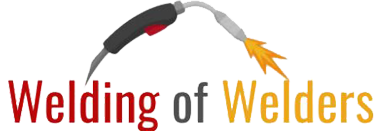 Welding of Welders All about Welding and Welders
Welding of Welders All about Welding and Welders
